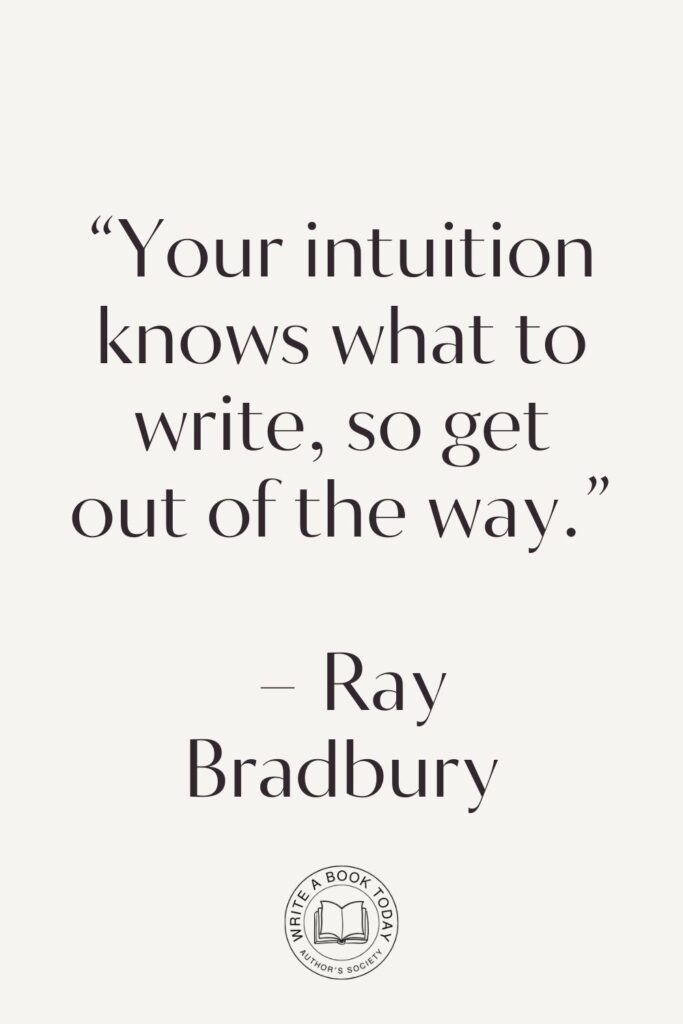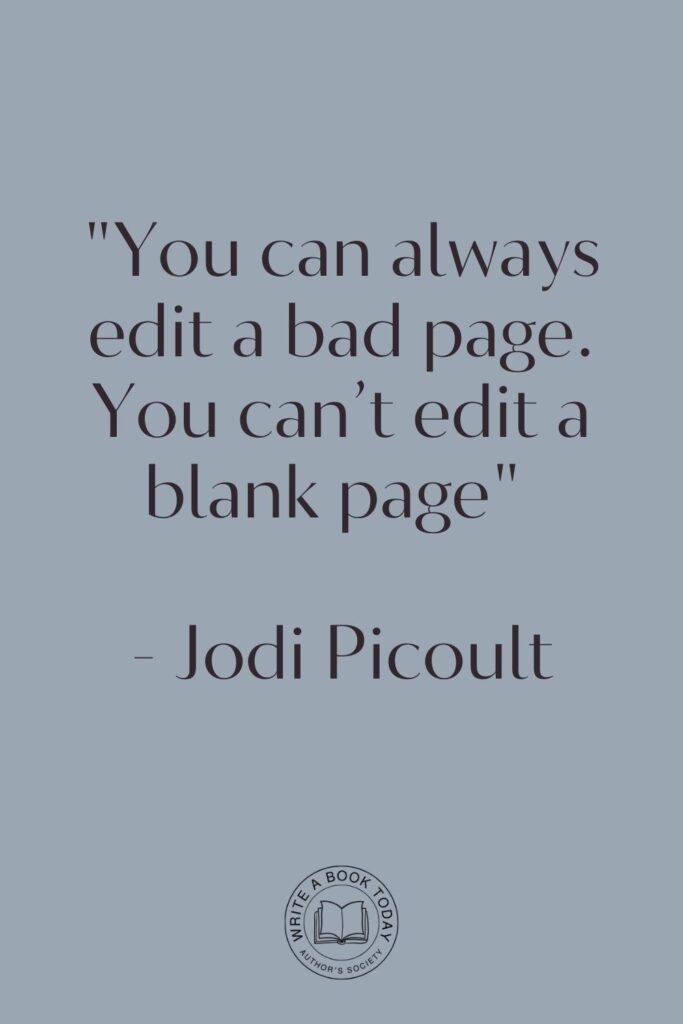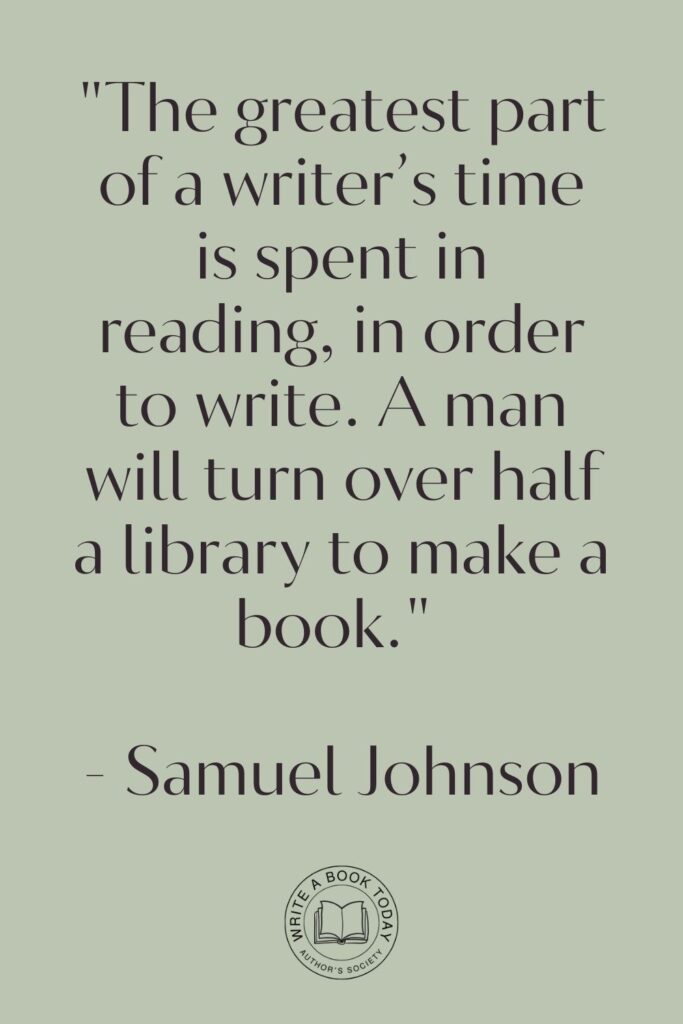Have you ever felt the thrill of discovering a story so unique that it lingers in your mind long after you’ve turned the last page?
Crafting such tales isn’t just the realm of literary giants; it’s a path open to every writer yearning to break free from the shackles of the ordinary.
But how does one escape the maze of generic plotlines and weave a narrative that truly stands out?
Let’s embark on this creative journey together, exploring the art of writing stories that capture hearts and imaginations.
Understanding Uniqueness in Storytelling
In a world saturated with stories, the quest for originality becomes a beacon for writers.
But what does it mean for a story to be unique?
It’s not merely about inventing new worlds or characters but about breathing life into narratives with fresh perspectives and authentic voices.
Embracing uniqueness involves a delicate balance between innovation and familiarity, ensuring your tale resonates while defying expectations.
Defining Originality in Narratives
Originality in storytelling often springs from a writer’s personal experiences, perspectives, and emotions.
It’s about infusing your narrative with elements that are distinctly yours.
Consider J.K. Rowling’s “Harry Potter” series, which, while set in a magical world, draws heavily on universal themes of friendship, courage, and love.
The key is to take familiar concepts and present them through a lens that reflects your unique worldview.
Embrace your own voice. Your personal experiences and insights are invaluable assets in creating original stories.
Use them to inform your narrative, adding depth and authenticity to your characters and plot.
The Importance of Avoiding Clichés
Clichés are the sirens of storytelling—tempting but ultimately leading your narrative into the rocks of predictability.
These overused tropes can sap the life out of an otherwise promising story. To avoid them, challenge yourself to question the expected.
Instead of the ‘chosen one’ trope, why not explore a collective of heroes or an anti-hero’s journey?
By subverting clichés, you breathe new life into well-trodden paths.
- Identify common clichés in your genre.
- Challenge these clichés by asking, “What if?”
- Explore alternative resolutions to common story arcs.

Exploring the Role of Inspiration in Writing
Inspiration is the lifeblood of creativity. It fuels the imagination and propels the writer through the often arduous journey of storytelling.
Whether drawn from personal experiences, other works of art, or the vibrant tapestry of everyday life, inspiration provides the spark that ignites a story.
Writers like Stephen King often cite real-life events as catalysts for their narratives, transforming the mundane into the extraordinary.
| Source of Inspiration | Example |
|---|---|
| Personal Experience | Stephen King’s “The Shining” was inspired by a stay in a haunted hotel. |
| Other Artworks | George Lucas drew inspiration from Akira Kurosawa’s films for “Star Wars.” |
| Everyday Life | Harper Lee based “To Kill a Mockingbird” on her childhood experiences. |
Techniques for Crafting Unique Story Ideas
Generating unique story ideas requires a blend of creativity and strategy. It’s about seeing the world through a kaleidoscope, where each twist reveals a new possibility.
Let’s explore some techniques that can help you unlock your creative potential.
Using Personal Experience as a Foundation
Your life is a treasure trove of stories waiting to be told. By drawing on your own experiences, you add authenticity and relatability to your narratives.
Whether it’s the joy of a childhood summer or the pain of a personal loss, these moments can serve as powerful catalysts for your storytelling.
By weaving these experiences into your narrative fabric, you create stories that resonate on a deeply personal level.
Keep a journal of your experiences and emotions.
Over time, this journal will become a rich resource for story ideas, providing real-life details that can enhance your narratives.
No marketing platform? No social following? No problem!
Publisher Rocket helps you market your debut novel like a pro.
It’s a gamechanger for debut authors – try it today!


Transforming Familiar Concepts
Transforming familiar concepts involves taking known ideas and turning them on their head.
Consider how “Wicked” reimagines “The Wizard of Oz” from the perspective of the Wicked Witch.
This technique invites readers to explore familiar worlds through new eyes, challenging their preconceptions and enriching their understanding of the narrative.
Experiment with different perspectives. Retelling a classic story from a minor character’s viewpoint can offer fresh insights and surprising twists.
Blending Genres for Fresh Narratives
Genre blending is like a culinary fusion, where mixing ingredients from different traditions creates something entirely new.
By combining elements from disparate genres, you can craft narratives that defy categorization and captivate audiences.
Think of how “The Hunger Games” melds dystopian science fiction with survival drama to create a compelling narrative cocktail.

Developing Compelling Characters
Characters are the heart of any story. They drive the plot, engage the reader, and bring your narrative to life.
Creating characters that are multi-dimensional and relatable is crucial to crafting a unique story.
Creating Multi-dimensional Protagonists
A compelling protagonist is one who embodies both strengths and flaws, aspirations and fears.
They should evolve throughout the story, reflecting the complexity of real human beings.
By delving into their psyche, you create characters that readers can root for, empathize with, and remember long after the story ends.
Google Docs is for notes. Scrivener is for novels. Upgrade your writing game and try it for free today!

Establishing Clear Motivations and Goals
Every character needs a purpose—a driving force that propels them through the narrative.
Whether it’s the pursuit of love, justice, or redemption, these motivations must be clear and compelling.
They provide the backbone of your character’s journey, guiding their decisions and shaping their development.
Crafting Relatable Conflicts
Conflict is the engine of your story. It challenges your characters, tests their resolve, and ultimately leads to growth.
By crafting conflicts that are relatable and meaningful, you create tension that keeps readers invested.
Whether internal or external, these conflicts should reflect the themes of your story and resonate with your audience.

Engaging Readers with Emotion and Stakes
Emotion is the secret ingredient that transforms a good story into a great one.
By weaving emotional stakes into your narrative, you create a bond between your characters and your readers.
This connection is what keeps readers turning pages, eager to see how the story unfolds.
Feeling lost with your debut novel?
Fiverr Pro connects you with expert editors, designers, and marketers – everything you need to get your book ready for success!

Building Tension and Suspense
Tension and suspense are crucial for maintaining reader engagement.
By carefully pacing your narrative and strategically revealing information, you can create a sense of anticipation that keeps readers on the edge of their seats.
Techniques like foreshadowing and cliffhangers can heighten suspense and deepen the emotional impact of your story.
Employing Vivid Imagery and Descriptive Language
Descriptive language is the paintbrush of storytelling.
By using vivid imagery, you transport readers into the world of your story, allowing them to experience it with all their senses.
This immersion enhances the emotional resonance of your narrative, making it more impactful and memorable.

Utilizing Unique Plot Structures
Innovative plot structures can set your story apart from the rest.
By experimenting with different narrative frameworks, you can create a dynamic and engaging storytelling experience that surprises and delights your readers.
The Hero’s Journey and Its Variations
The Hero’s Journey is a timeless narrative structure that has captivated audiences for centuries.
By adapting this framework to fit your story, you can create a familiar yet fresh narrative arc.
Consider variations like the anti-hero’s journey or the collective journey of a group of protagonists to add depth and complexity to your tale.
Nested Loops and Layered Narratives
Nested loops involve interweaving multiple storylines to create a rich and textured narrative.
This technique allows you to explore different perspectives and themes, adding depth and intrigue to your story.
By carefully crafting these loops, you can create a tapestry of interconnected tales that enrich the overall narrative.
In Medias Res and Other Techniques
Beginning your story in medias res—right in the middle of the action—can hook readers from the very first sentence.
This technique creates immediate tension and intrigue, drawing readers into the heart of the story.
Coupled with flashbacks and non-linear timelines, it can create a dynamic and engaging reading experience.
Final Thoughts on Embracing Your Unique Voice
Writing a unique story is a journey of self-discovery. It’s about finding your voice, embracing your creativity, and daring to defy conventions.
By exploring new ideas, crafting compelling characters, and engaging readers with emotion and stakes, you can unlock your creative potential and write stories that stand out.
Remember, every writer has a unique story to tell, and the world is waiting to hear yours.
So pick up your pen, unleash your imagination, and let your story unfold.









This article brought up so many interesting points!
The website is one of the best I’ve come across for thoughtful content.
Glad you find it helpful!